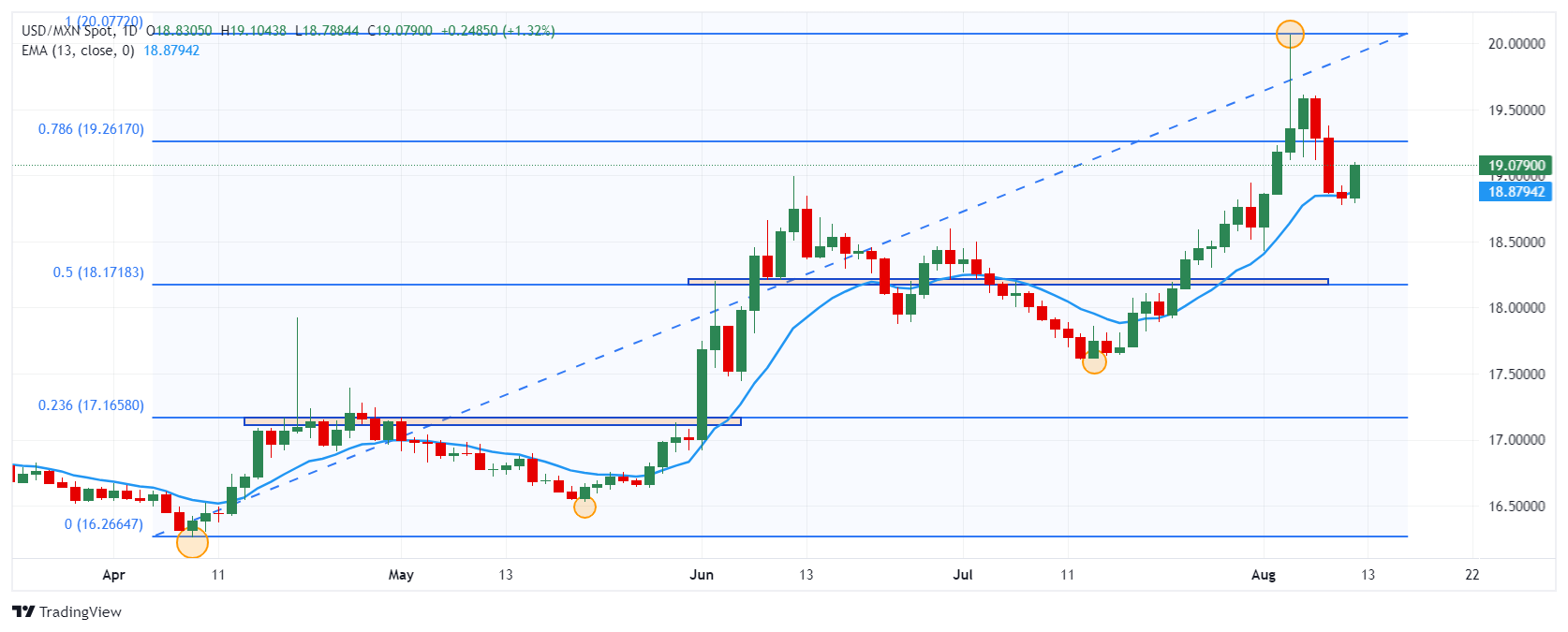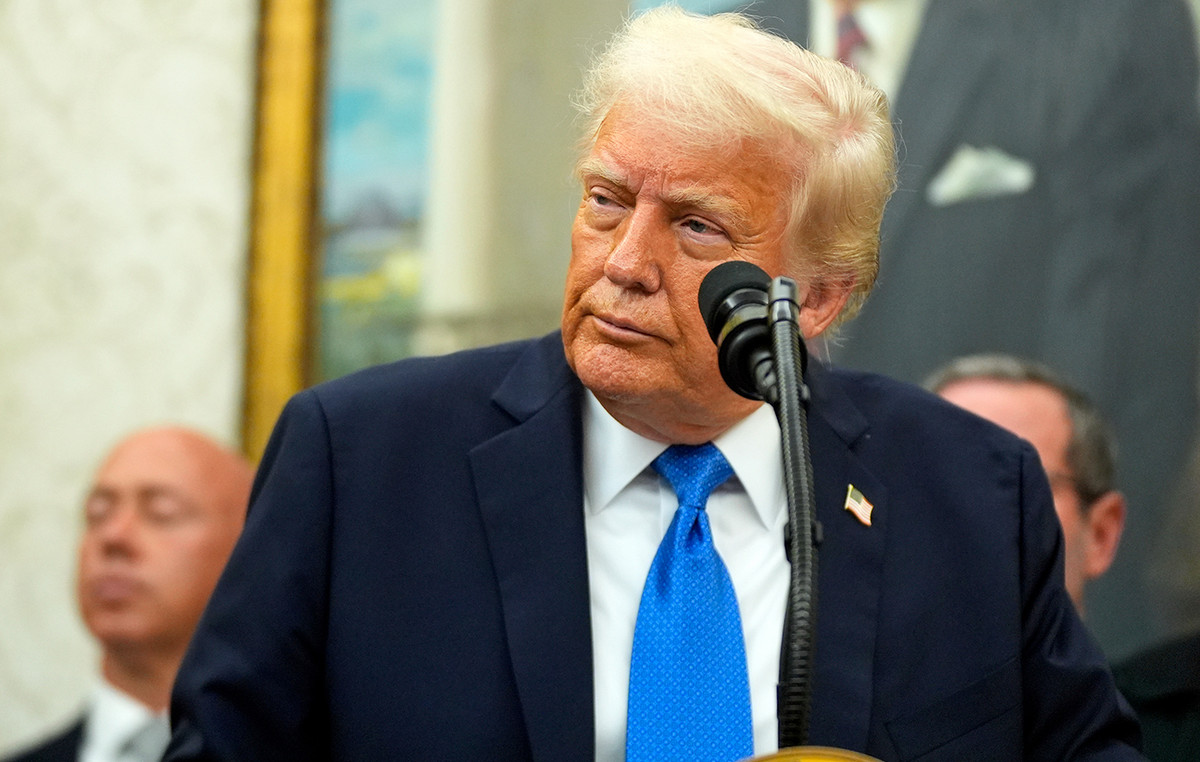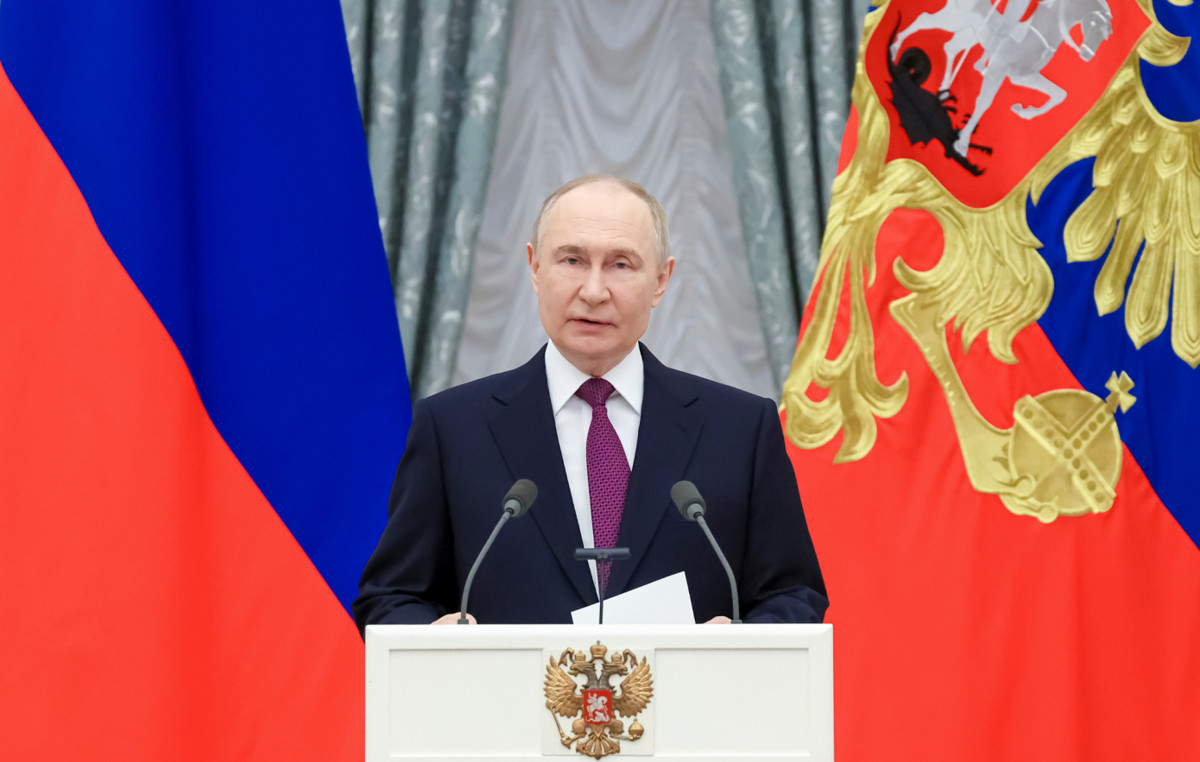- USD/MXN up 1.28% at close of trading.
- Lilia Esther Calleja Alor will be the first woman to lead the Federal Electricity Commission.
- Claudia Sheinbaum will integrate former governors from her party into her work team.
The USD/MXN set a daily low at 18.78 attracting aggressive buyers who pushed the pair to a daily high at 19.10. At the time of writing, the US Dollar vs. Mexican Peso price is trading at 19.07, gaining 1.27% on the day.
Mexican Peso Hits Two-Day Lows After Presentation of Claudia Sheinbaum’s Expanded Cabinet
USD/MXN ends a three-session losing streak, hitting a two-day high of 19.10. These moves come as Mexican President-elect Claudia Sheinbaum holds a press conference to announce the new members of her cabinet.
Emilia Esther Calleja Alor is appointed by Claudia Sheinbaum Pardo as the next general director of the Federal Electricity Commission (CFE), making her the first woman to lead the company.
The virtual president of Mexico announced that she will add to her team the governors of the states of Tabasco, Chiapas, Puebla and Veracruz, while Cuauhtémoc Blanco, current governor of the state of Morelos, will be a deputy.
Technical levels in the USD/MXN
The USD/MXN formed a first short-term support at 18.77, given by the low of August 9 and which converges with the 13-period Exponential Moving Average. The next support is observed at 17.60, pivot point of July 12. The closest resistance is at 20.06, high reached on August 5.
USD/MXN Daily Chart

US Dollar FAQs
The United States Dollar (USD) is the official currency of the United States of America, and the de facto currency of a significant number of other countries where it is in circulation alongside local banknotes. As of 2022, it is the most traded currency in the world, accounting for over 88% of all global foreign exchange transactions, equivalent to an average of $6.6 trillion in transactions per day. Following World War II, the USD took over from the British Pound as the world’s reserve currency.
The single most important factor influencing the value of the US dollar is monetary policy, which is determined by the Federal Reserve (Fed). The Fed has two mandates: to achieve price stability (control inflation) and to promote full employment. Its main tool for achieving these two goals is to adjust interest rates. When prices rise too quickly and inflation exceeds the Fed’s 2% target, the Fed raises rates, which helps the dollar. When inflation falls below 2% or the unemployment rate is too high, the Fed can lower interest rates, which weighs on the dollar.
In extreme situations, the Federal Reserve can also print more dollars and enact quantitative easing (QE). QE is the process by which the Fed substantially increases the flow of credit in a jammed financial system. It is an unconventional policy measure used when credit has dried up because banks are not lending to each other (for fear of counterparty default). It is a last resort when simply lowering interest rates is unlikely to achieve the necessary result. It was the Fed’s weapon of choice to combat the credit crunch that occurred during the Great Financial Crisis of 2008. It involves the Fed printing more dollars and using them to buy US government bonds, primarily from financial institutions. QE typically leads to a weakening of the US dollar.
Quantitative tightening (QT) is the reverse process whereby the Federal Reserve stops buying bonds from financial institutions and does not reinvest the principal of maturing securities in new purchases. It is generally positive for the US dollar.
Source: Fx Street
I am Joshua Winder, a senior-level journalist and editor at World Stock Market. I specialize in covering news related to the stock market and economic trends. With more than 8 years of experience in this field, I have become an expert in financial reporting.





